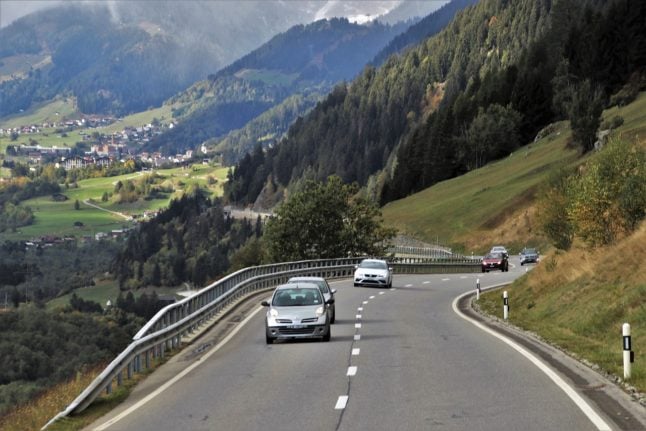Although the Swedish Transport Administration advised drivers to begin using winter tyres (with a tread depth of at least three millimetres) in October, it becomes mandatory from December 1st to used winter tyres when there is considered to be a risk of snow or ice on the road.
That means the services of tyre companies are in high demand as motorists wait until the last minute to change their tyres, according to Mattias Hjort, head of research with the Swedish National Road and Transport Research Institute (VTI).
“Tyre companies tend to be overlooked around this time,” Hjort said.
“Our recommendations are always to not wait until the last minute, because a lot of accidents happen during the period when winter is setting it,” he added.
Debate over the winter tyre law, which came into effect in 1999, often revolves around which type of tyres is most suitable for the cold conditions, while the regulation itself is questioned less often, Hjort said.
“It has not really been in question since we got the winter tyre law almost 20 years ago,” he said.
“There was a clear effect on accident rates after just one or two years,” he added.
Swedish law states that all cars must be equipped with winter tyres between December 1st and March 31st if the weather conditions require it.
If your car doesn't have them or if they are not up to scratch (the tread depth is at least three millimetres), you risk a fine of 1,200 kronor.
Winter tyres radically decrease the risk of skidding and improve a vehicle's overall braking capacity on slippery surfaces, reducing the risk of accidents. There are two categories of winter tyre: studded and stud-free.
Studded winter tyres are allowed between October 1st and April 15th, or in wintry driving conditions.
In general, studded tyres are better suited for icy roads or on surfaces with hard-packed snow, while stud-free tyres work better on roads with soft snow. However, studded tyres are illegal on some streets in major Swedish cities for air pollution reasons.
Winter road conditions apply when there is snow, slush or ice on the road, according to the Swedish Transport Agency.
READ ALSO: Sweden essentials: the best winter driving tips to stay safe on the road




 Please whitelist us to continue reading.
Please whitelist us to continue reading.
Member comments